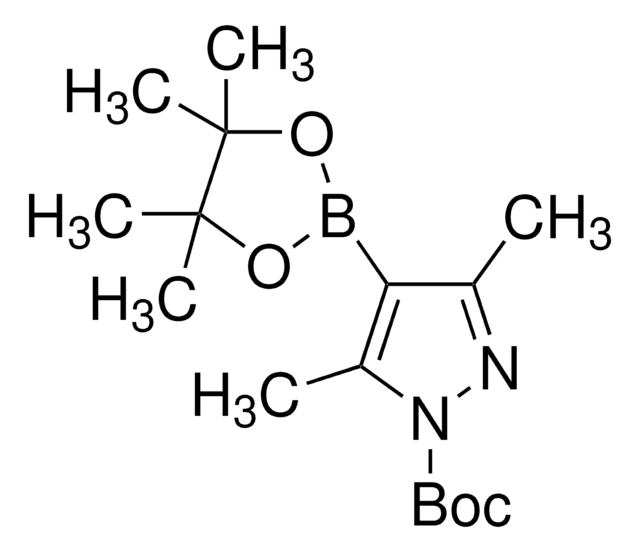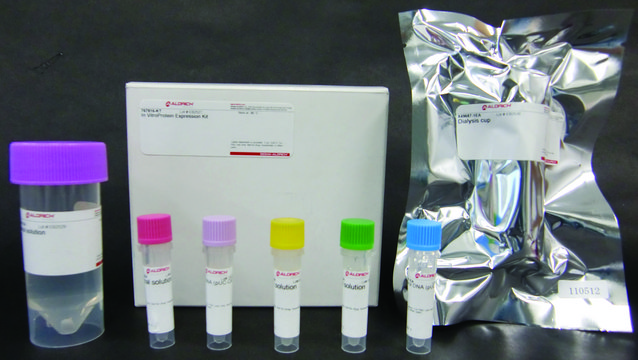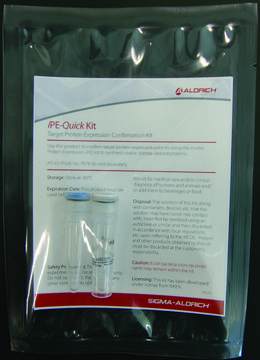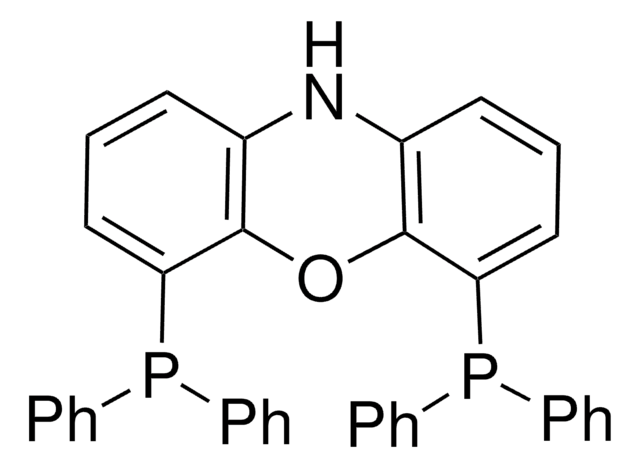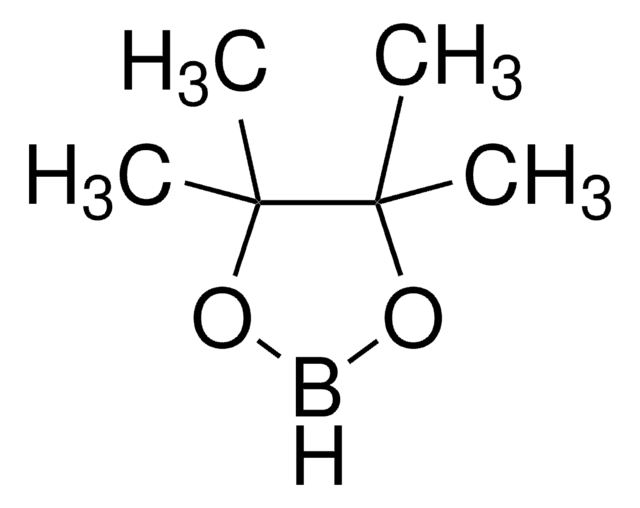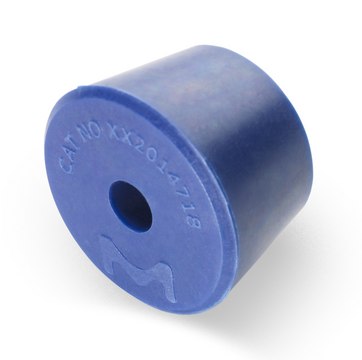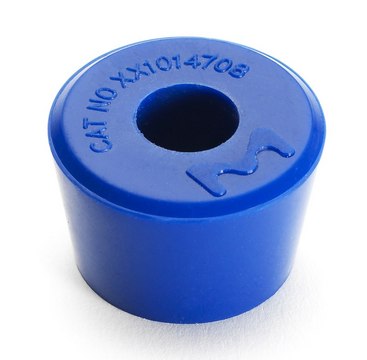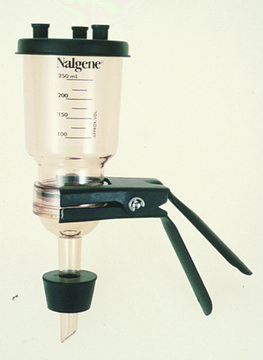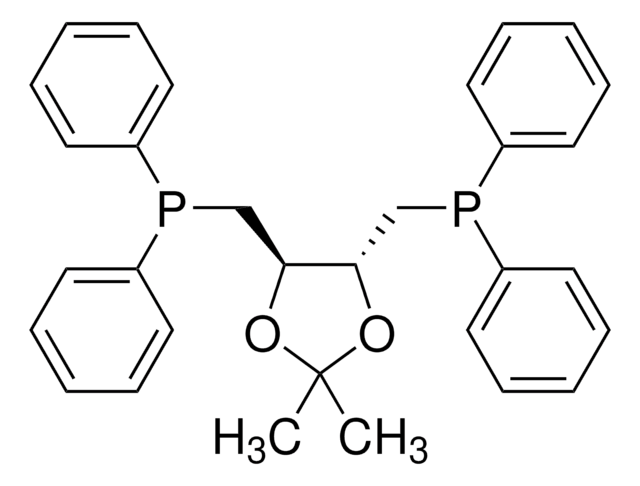推荐产品
应用
iPE-Quick Kit(产品编号767824)旨在用于确认靶蛋白表达,使用该iPE试剂盒前须利用大肠杆菌提取物。
本试剂盒不能用于含二硫化物的蛋白质。有关含二硫化物的蛋白质,请参考产品编号797006。
该试剂盒是在RIKEN的许可下开发的,将专有的先进无细胞蛋白合成技术融入专用于稳定同位素标记的试剂盒中。
这是一个利用大肠杆菌细胞提取物的蛋白质合成系统。 通过添加环状或线性DNA作为模板DNA,使T7 RNA聚合酶能够转录mRNA,从而实现简单高效的蛋白质表达。
储存分类代码
11 - Combustible Solids
闪点(°F)
Not applicable
闪点(°C)
Not applicable
法规信息
常规特殊物品
Eiko Seki et al.
Analytical biochemistry, 377(2), 156-161 (2008-04-01)
Cell-free protein synthesis has become one of the standard methods for protein expression. One of the major advantages of this method is that PCR-amplified linear DNA fragments can be directly used as templates for protein synthesis. The productivity of cell-free
William C Yang et al.
Biotechnology progress, 28(2), 413-420 (2012-01-26)
Escherichia coli cell-free protein synthesis (CFPS) uses E. coli extracts to make active proteins in vitro. The basic CFPS reaction mixture is comprised of four main reagent components: (1) energy source and CFPS chemicals, (2) DNA encoding the protein of
Takashi Yabuki et al.
Journal of structural and functional genomics, 8(4), 173-191 (2008-01-02)
A two-step PCR method has been developed for the robust, high-throughput production of linear templates ready for cell-free protein synthesis. The construct made from the cDNA expresses a target protein region with N- and/or C-terminal tags. The procedure consists only
Takayoshi Matsuda et al.
Journal of biomolecular NMR, 37(3), 225-229 (2007-01-24)
Cell-free protein synthesis is suitable for stable-isotope labeling of proteins for NMR analysis. The Escherichia coli cell-free system containing potassium acetate for efficient translation (KOAc system) is usually used for stable-isotope labeling, although it is less productive than other systems.
Takanori Kigawa et al.
Journal of structural and functional genomics, 5(1-2), 63-68 (2004-07-21)
As structural genomics and proteomics research has become popular, the importance of cell-free protein synthesis systems has been realized for high-throughput expression. Our group has established a high-throughput pipeline for protein sample preparation for structural genomics and proteomics by using
我们的科学家团队拥有各种研究领域经验,包括生命科学、材料科学、化学合成、色谱、分析及许多其他领域.
联系技术服务部门